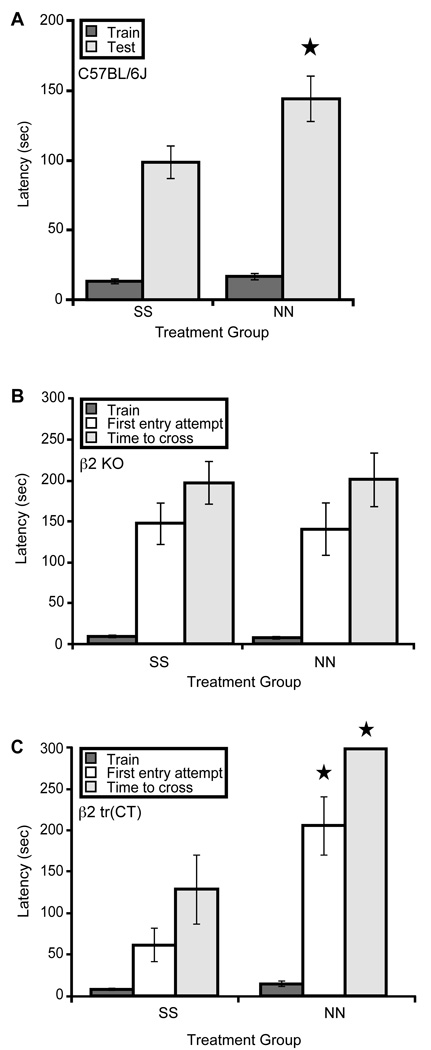Figure 1. Nicotine exposure during development induces hypersensitive passive avoidance through β2* nAChRs expressed by corticothalamic neurons.
A. C57BL/6J mice exposed to nicotine throughout gestation until weaning (NN) have a significantly longer latency to enter the dark chamber in response to a low level foot shock relative to saccharin exposed controls (SS) (F(1,12)=5.096, p = 0.043; n = 7 litters per treatment). B. β2 nAChR subunit knock out (KO) mice exposed to nicotine throughout gestation until weaning (NN) are indistinguishable (p > 0.05) from saccharin exposed controls (SS) when latency to first entry attempt and latency to successful dark chamber entry are compared (n = 15–24 per group). C. Mice expressing α4β2* nAChRs exclusively on corticothalamic neurons (β2 tr(CT)) and exposed to nicotine throughout gestation until weaning (NN) have a significantly longer time to first entry attempt (F(1,13)=11.857, p = 0.004) and total time to successful dark chamber entry (F(1,13)=18.885, p = 0.001) relative to saccharin exposed controls (SS) (n = 7–8 per treatment).

